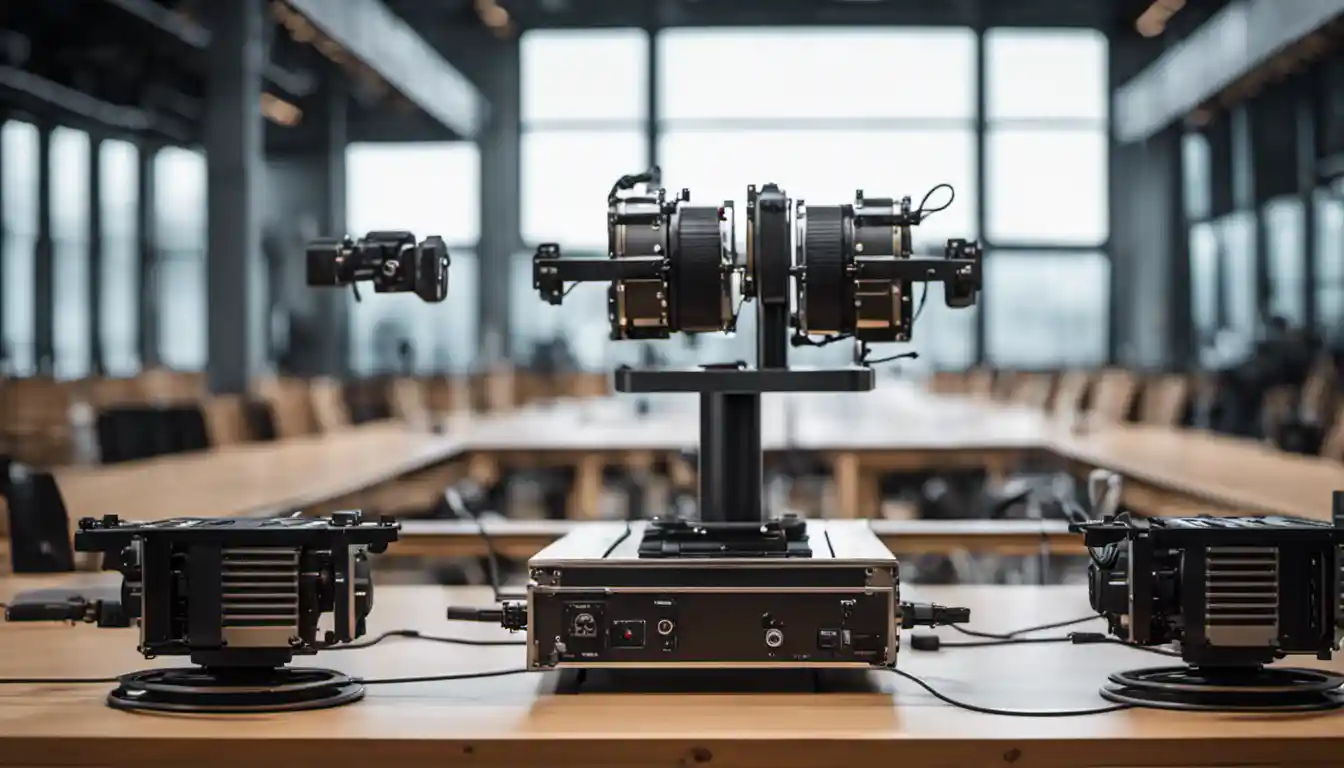Introduction: The Importance of a Solar Panel Sun Tracker
A DIY sun tracker for solar panels is a mechanism you can build to enable your solar panels to follow the sun’s path across the sky, maximizing energy absorption. These can be created using simple materials like wood and motors, or more complex systems involving microprocessors. Plenty of online tutorials are available guiding you to construct sun trackers at home using various methods.
Why do you need a solar panel sun tracker, and why should you consider the DIY approach? The answers are directly linked to efficiency and cost-effectiveness.
Take a sunflower, for instance. It’s not a coincidence that these vibrant yellow blooms follow the sun’s journey across the sky. By doing so, they optimize photosynthesis, which means maximum growth. The similar principle applies when harnessing solar energy: tracking the sun allows your solar panels to absorb the highest possible amount of solar energy.
Making your own “DIY sun tracker for solar panels” puts you in control. You save on costs associated with pricey store-bought mechanisms while learning and applying solar energy principles firsthand. So, roll up those sleeves – it’s time to boost your solar panel efficiency.
Understanding Solar Panel Sun Tracker
Before you begin, let’s delve deeper into how a sun tracker works and the main types available. Remember – knowledge is power.
Sun trackers are designed to follow the sun’s path, moving systems in an East to West direction and even compensating for seasonal variances in the sun’s height. You can read more on this in the complete guide on What is a Solar Tracker.
There are two primary types of trackers: single-axis and dual-axis. The former moves your solar panels along a single route, either East to West or vice versa. The latter provides two degrees of freedom, including both East to West and vertical adjustments.
Your choice between a single-axis or dual-axis “DIY sun tracker for solar panels” will depend on your geographic location and specific requirements, considering that dual-axis trackers can gather about 10% more energy than their single-axis counterparts.
Gathering Materials for Your DIY Solar Tracker
![]()
Now that we’ve laid the groundwork, let’s talk materials. I recommend a simple list of items to construct your solar tracker: a wood base, electric motors, light-dependent resistors (LDRs), an Arduino board, and necessary connectors and wires.
Not one size fits all when it comes to brands and suppliers, but, in my years of experience, I’ve found items from Home Depot or Amazon to be reliable for general components. For specialist items like the Arduino board or LDRs, SparkFun or Adafruit are top-notch.
Building Your DIY Solar Panel Sun Tracker: Step-by-Step
Trust me – “how to make a solar panel sun tracker” isn’t as daunting as it sounds. Let’s break it down.
Determining the Right Location for Your Solar Panels and Sun Tracker
Location is everything. Spend time observing the path of the sun to identify an area that gets the maximum sun exposure with minimal obstruction.
Assembling the Mechanical Parts

Start by setting up your base using wood. Attach your electric motors to the base with metal brackets ensuring stability. The key here is to set up the motors that they can move the panel both vertically and horizontally, depending on your tracker type.
Setting Up the Electronic Control System
This is where your Arduino board and LDRs come into play. The LDRs sense light and guide the Arduino board to mobilize your electric motors and solar panels towards maximum light. Detailed instructions can be found on Arduino’s official website to guide you through this process.
Installing Solar Panels on the Tracker
Once your mechanical and electrical systems are all set, it’s time to install the solar panels. Securely affix them to the motor assembly so that their movement aligns with the motors.
Calibration and Adjustment: Ensuring Optimum Sun Tracking
![]()
Enjoy the satisfaction of your completed DIY solar tracker then calibrate it. Adjust your tracker to ensure it is moving smoothly on its axes and accurately following the sun’s path.
Maintenance and Troubleshooting your DIY Solar Tracker
Now that you’ve successfully created a DIY Sun Tracker for your Solar Panels, remember that your invention needs regular maintenance. My advice is to regularly examine the tracker to ensure it’s free of dust and dirt that may impact the panel’s efficiency.
You might encounter debugging issues along the way, rest assured, these are part and parcel of a DIY project. Familiarize yourself with common fixes and keep a problem-solving attitude handy.
Conclusion: The Benefits and Challenges of Building a DIY Solar Panel Sun Tracker
With this guide, you’re now equipped to not only build but also understand and resolve any issues that might come up with your DIY sun tracker. Sure, it involves a fair share of effort, but in return, you get the satisfaction of creating something with your own hands and the joy of seeing your electricity bills shrink.
Remember, solar energy is no longer the future, it’s the present, and by building your solar tracker, you’re becoming an active participant in this renewable revolution. Good luck!


